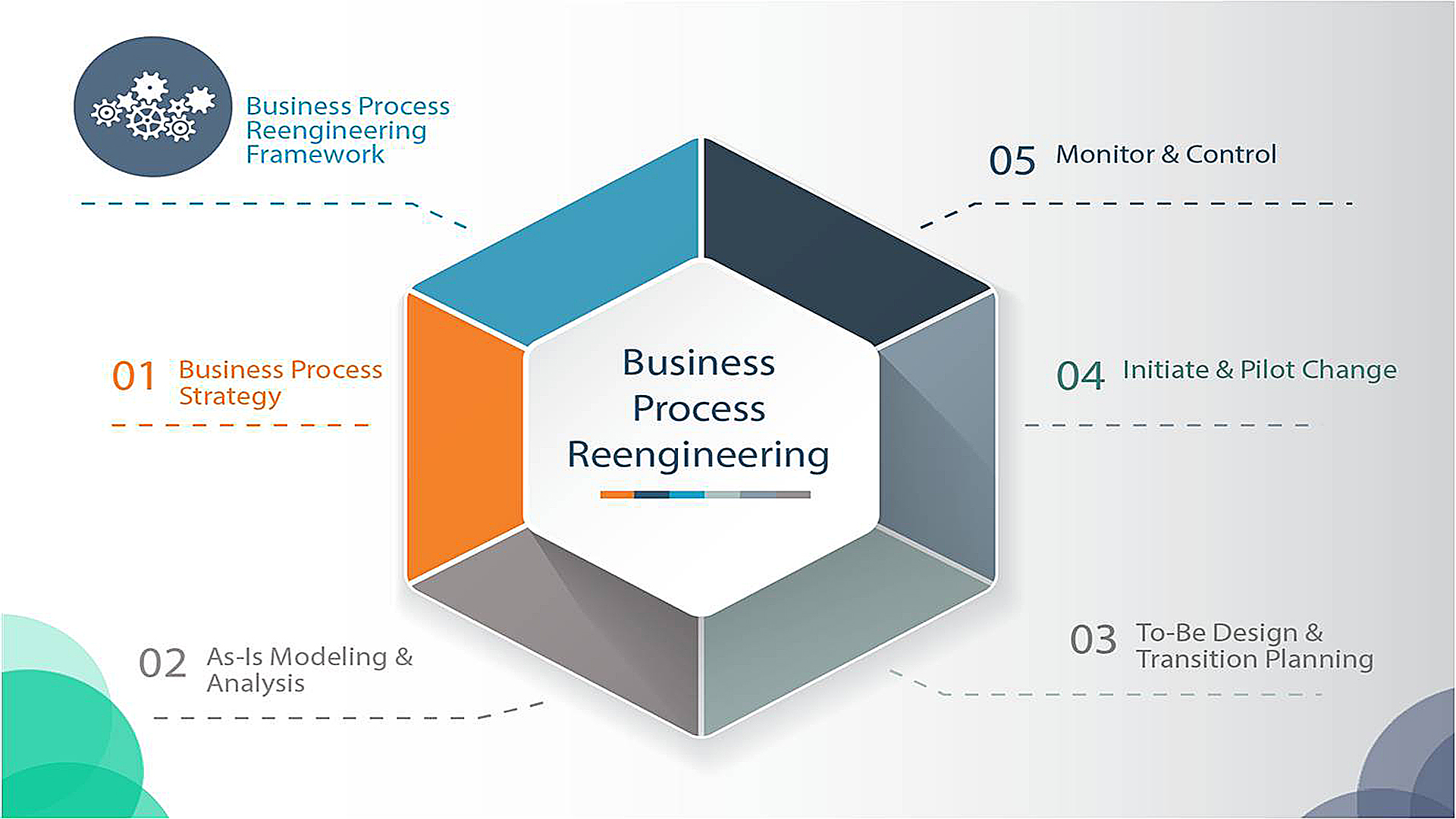Reengineering of business processes is a radical structuring of these processes and their transformation. It is necessary for companies to be able to increase their productivity, accelerate production and improve its quality. Reengineering is a unique global approach to making changes to the company’s operations, but it leads to an increase in the efficiency of any enterprise, as well as all systems and organisational structures related to it.
The benefits of global transformation
First of all, it is reducing the time and financial costs of production by eliminating unproductive actions and replacing the employees who perform them. Reorganisation reduces the need for a multi-level company structure and speeds up its information flow. Thanks to this, your enterprise will be able to:
- easily adapt to market changes;
- reduce operating costs;
- increase profits and advantages over competitors;
- increase staff productivity;
- get the maximum return on investment;
- to improve the quality of products and services and, consequently, customer loyalty.
You can achieve the last factor by establishing clear responsibility for processes through quick feedback. This is possible due to the use of IT for automation and integration of all enterprise activities.

What are the main steps of large-scale business process modelling
The need for large-scale transformation tends to be associated with reduced market share, the search for new market opportunities, increased competition and non-binding economic indicators. You should do several processes so that you can improve your business in these areas:
- Set the targets you need to achieve and choose the best way to do so. To do this, you should analyse the expectations of your target audience, as well as the competitiveness and capabilities of your firm.
- Make a description of the business processes that are used now. You should collect complete information to map it with flowcharts that will help you conduct thorough analysis and identify risks, inefficiencies, and obstacles.
- Put together an effective team. In addition to the head, it should include an operations manager who knows all the nuances of reengineering, as well as engineers with experience in various fields such as information technology before production.
- Find opportunities for improvement and double-check them. You should analyse the actions you need, and the extra steps you delete at the end of the work.
- Redesign the main processes using information technology. You should do this based on customer needs. The next step is to identify key performance indicators for each phase of the new process.
After that, you should implement the developed schemes in your organisation and bring the infrastructure in line with the new requirements. Continuous improvement and optimization ensure that the products or services your enterprise will offer to customers will be in line with the latest market trends.
The problem with reengineering is that large companies are difficult to implement such a project. For example, your startup will experience big changes with minimal costs five months after its launch. Large corporations are forced to change as a result of environmental change, too. They will address obsolete issues that may constrain cost optimization and organisational improvements. This is a complex process that will help you to reduce your company’s costs many times as a result, as well as to get rid of unproductive and useless workflows.





